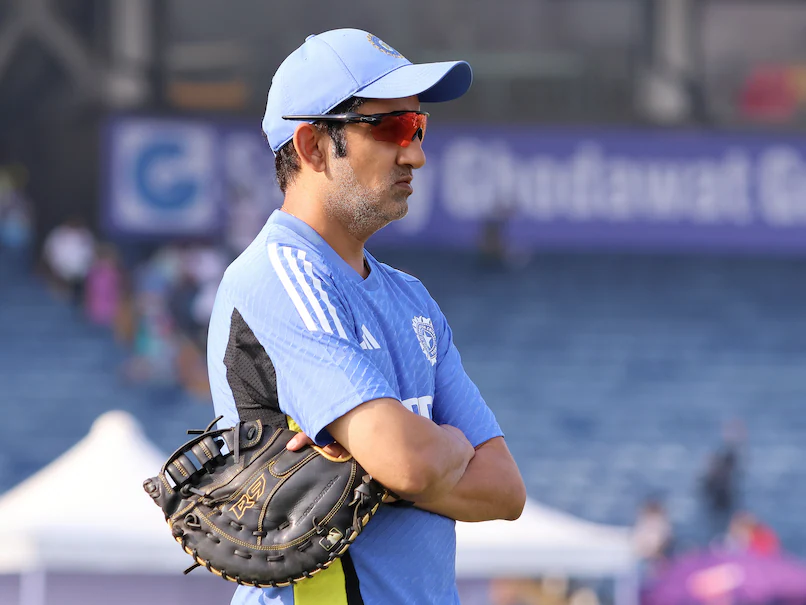
Gautam Gambhir Emerges as Central Power in Indian Cricket Post Kohli-Rohit Era
Gautam Gambhir is poised to become one of the most influential figures in Indian cricket history as he takes over the reins as Team India’s head coach, enjoying an unusual level of authority — a rarity in Indian cricket’s power dynamics.
Unlike his predecessors Greg Chappell, Anil Kumble, and Bishan Singh Bedi, who struggled with asserting control in the face of dominant player personalities, Gambhir’s ascent comes at a moment when India’s Test squad is undergoing a generational shift. With Virat Kohli, Rohit Sharma, and Ravichandran Ashwin stepping away from the longer format, Gambhir enters a phase with fewer established megastars, giving him the freedom to reset the team culture.
According to BCCI sources, one of Gambhir’s key goals is to dismantle the prevailing “star culture”. He reportedly insisted on refreshing the squad during the upcoming World Test Championship (WTC) cycle, aligning his vision with chief selector Ajit Agarkar.
“Gambhir was categorical about India needing fresh faces. Everyone in the decision-making circle knew his stance on retaining senior players in Tests,” a BCCI insider told PTI.
This transition gives Gambhir significant leverage, particularly with Shubman Gill likely to be named captain. Gill, still early in his leadership journey, is expected to be more receptive to Gambhir’s strategies. Jasprit Bumrah, seen as a potential independent voice, reportedly has limited leadership prospects due to fitness concerns.
For the first time, a coach in Indian cricket is expected to drive strategic decisions without the overriding presence of a captain. Historically, captains like Ganguly, Dhoni, Kohli, and Rohit Sharma had the final say over team matters. Gambhir’s leadership marks a reversal of that trend.
While Gambhir enjoys total control in T20s and potentially Tests, he may still face challenges in the ODI format, where Kohli and Rohit are believed to be eyeing a run until the 2027 World Cup.
As India enters a transitional era, all eyes will be on Gambhir to see whether absolute authority will translate into renewed dominance—or if it will become another example of power turning into pressure.
















